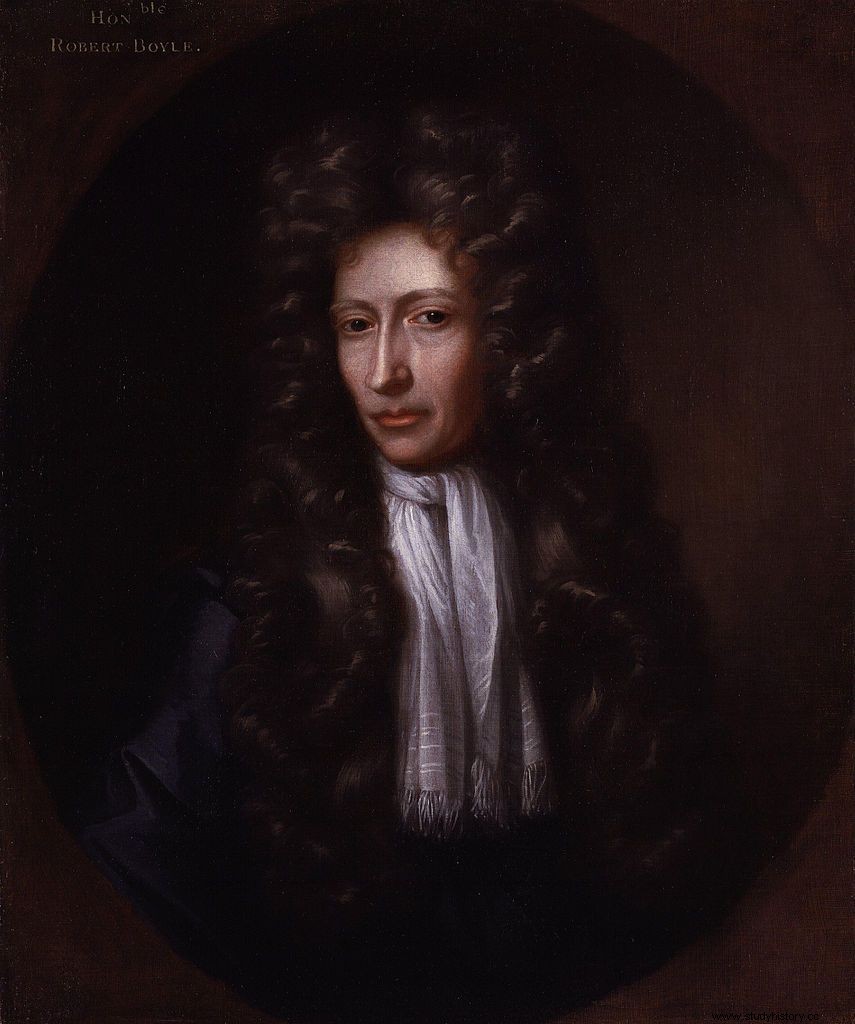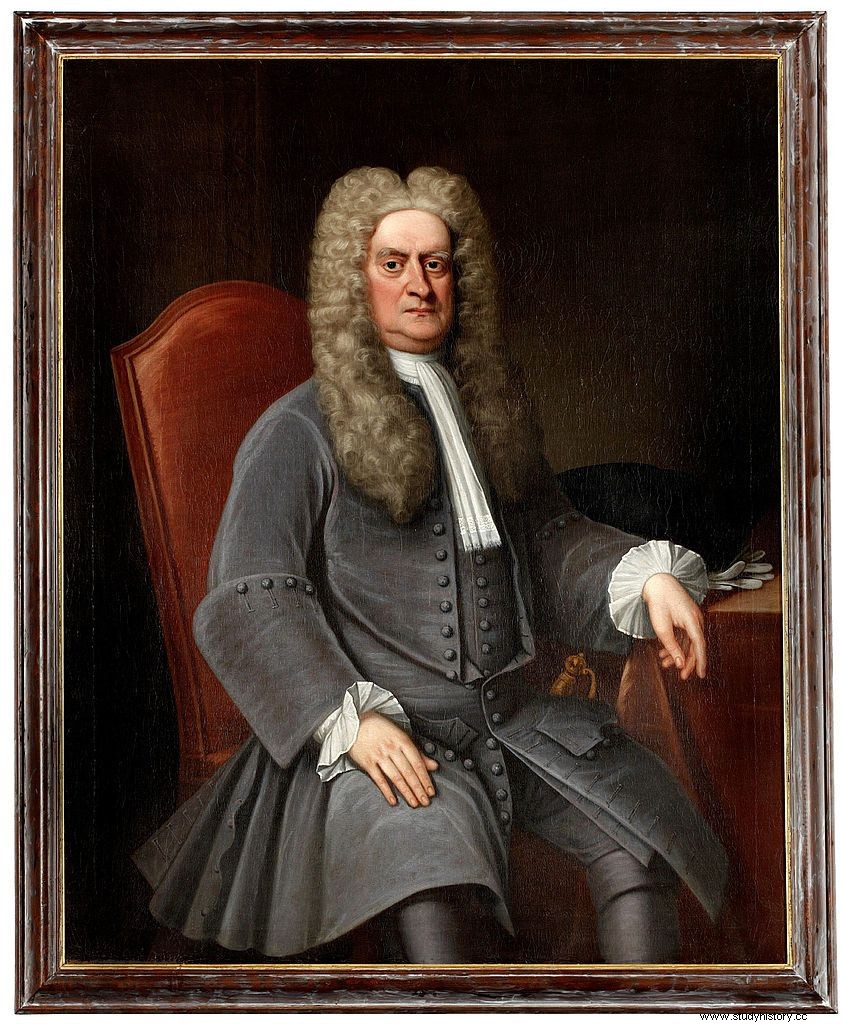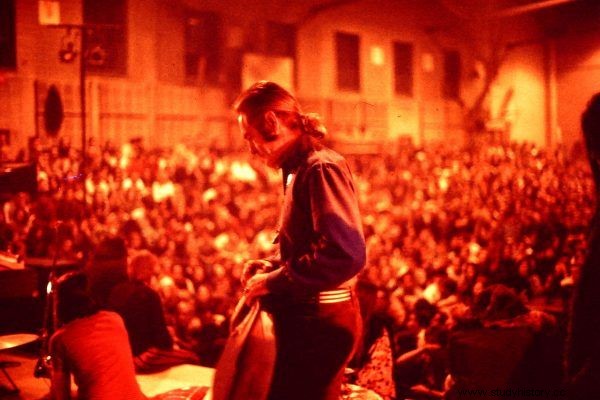A skewer stuck in the eye, multiple blood transfusions, skin burned down to the flesh ... Outstanding scientists will do anything to learn something new. Because who said it was a safe career to be a scientist?
When Kevin Warren and Barry Marshall won the Nobel Prize in 2005, emotions were aroused not only by the results of their work in describing the activity of Helicobacter pylori but also the way they got there. To prove that this bacterium is responsible for inflammation and gastric ulcer, Marshall… drank the suspension it was in. His special "meal" was gravely ill, but it paid off. 
Currently, such experiments are rare among scientists. It wasn't always like that. Until recently, testing drugs or new substances on oneself seemed to be something completely natural for scientists. For different reasons, everyone did - from Newton to the Curie marriage to the hippie legend of the 1960s Timothy Leary.
In pursuit of immortality
Chemistry, which was fledgling in the 17th century, was initially viewed with suspicion as a field that was dangerously close to alchemy, which was then widely despised. The experimental method and work in laboratories, replacing brooding and complicated calculations, seemed frivolous to scientists. The relationship between chemistry and medicine was not fully realized yet.

Robert Boyle became interested in chemistry, looking for ... new drugs that he willingly tested on himself and his friends. Apparently, he hurt himself more than he helped, although in the portrait of Johann Kerseboom he still looks quite healthy (source:public domain).
This poor reputation for the new science would have lingered longer had it not been for Robert Boyle's hypochondria. (1627-1691) , Irish physicist and chemist. It contributed to building the prestige of chymiatria , that is, medical chemistry ... including testing new drugs on oneself. His biographer, Marie Boas, even claims that it was the excessive concern for his own health that directed his interests in this direction.
Boyle, always complaining about ailments, be it fever or "weakness in the eyes," enthusiastically prescribed suspicious drugs for himself and others . Paradoxically, the fact that despite these efforts he was doing well shows how good his health was. Some colleagues mocked him mercilessly, claiming that he was weakened mainly by their own miraculous potions.
In search of a way for eternal youth, however, Aleksandr Bogdanov (1873-1928) went farthest. , Russian doctor, science fiction writer and communist activist. He placed his hope in blood transfusions, which he applied generously to himself and to others. Lenin's sister Maria Ulyanova, among others, participated in his experiments.
Bogdanov himself underwent as many as 12 procedures in the years 1924-1928, claiming that thanks to successive transfusions he managed to stop his baldness and even his eyesight improved. Unfortunately! The last attempt to rejuvenate ended tragically - the scientist died after exchanging blood with a 28-year-old student suffering from tuberculosis.
A wilderness of curiosity
There are many indications that Boyle's colleague in (al) the chemical search for the elixir of life could also have been another brilliant hypochondriac: Isaac Newton (1642 / 1643-1727). The creator of the rules of dynamics must have read with inquisitiveness the more esoteric writings of the Irish experimenter. These are one of the few other people's works that he has commented on publicly.
Newton, however, took masochistic tests to a completely different level, and only to ... satisfy his own curiosity. Or maybe his gloomy and depressive disposition also contributed to this? The bottom line is that one day, in order to "understand the nature of light," Newton reached for a large skewer and ... stuck it between his eye and skullbone, as close to a sensitive organ as he could get.

Isaac Newton, to satisfy his curiosity, was ready to sacrifice even his own eye (source:public domain).
Newton was interested in the visual effects of constant and varying pressure. Such words, describing a drastic experiment, are attributed to him in a fictionalized biography by Philip Kerr:
When I pressed the tip of the spike over my eye (…) I saw a lot of white, dark and colored circles. The circles were the clearest as I continued rubbing my eye with the spike, but when I didn't move my eye or the skewer, despite the constant pressure, the circles began to fade and even disappeared; until I resumed movement, be it the eye or the skewer.
The eminent physicist was very lucky to survive this experience. Fortune was slightly less favorable to Francis Galton , who lived almost two hundred years later. (1822-1911). The founder of eugenics and Charles Darwin's cousin became so involved in his work as a novice physician that decided to test all drugs from the pharmacy code on himself, following alphabetical order.
He was enthusiastic until the end of the letter C, when he found croton oil used as a remedy for persistent constipation. ). Summarizing the whole experiment, he said: B It was an interesting experience, but it had obvious weaknesses (…). I foolishly thought two drops could not have any noticeable laxative and vomiting effects. However, they did and I remember them until today.
Maria Skłodowska-Curie (1867-1934) and Piotr Curie (1859-1906) found out how painful it can be to test substances with unknown properties on oneself. . Already during experiments with active materials, they noticed various disturbing symptoms:flaking, painful skin irritation on the hands, inflammation of the fingertips ... However, this did not stop them from further testing.

Maria and Piotr Curie tested the effects of active substances on their own skin. And they continued the experiment, even though the wound on Piotr's arm grew deeper (picture André Castaigne, source:public domain).
As Laurent Lemire describes in the recently published biography of Maria Skłodowska-Curie, Piotr took on the role of the guinea pig. He put a celluloid-wrapped joyful barium bromide on his shoulder. He didn't even take it off when the burn became obvious. This is how he presented the next stages of the "experiment":
On the twentieth day, scabs formed, and then the wound was bandaged. On day forty-second, the epidermis began to form at the edges, widening towards the center, while on the fifty-second day there is still a wound one square centimeter in area, which turns grayish in color, indicating that the necrosis is deeper.
Get started
In some cases, openness to new experiences has led to groundbreaking discoveries. This was the case with Horace Wells (1815-1848) , a dentist from Hartford, who allowed himself to demonstrate the effects of laughing gas. This is how he learned about its anesthetic properties. He presented them again on himself later, having a tooth pulled out while under the influence of the gas.
It would probably be better for Wells if he had stopped at this research. In his later years, he began experimenting with chloroform, which he quickly became addicted to. The tragedy happened in 1848, when in a state of complete stupor he ran out into the street and ... poured hydrochloric acid over two prostitutes passing by . In prison, having regained his presence of mind, he committed suicide.
However, few stories ended so tragically. In the twentieth century, in particular, experiments were conducted with psychoactive substances. This is how LSD was created and popularized. Its creator, Albert Hoffman (1906-2008) discovered the psychedelic properties of LSD by accident. Trying to get the substance, he felt a little dizzy. Not knowing what was happening to him, he stopped working in the lab and went home. This is how he described his condition to his supervisor:
At home, I went to bed and fell into quite a pleasant, intoxicating mood, characterized by a special stimulation of the imagination. In a dream-like state with my eyes closed (the glow of daylight made me uncomfortable), I absorbed with my senses an uninterrupted stream of fantastic images and unusual shapes with a strong, kaleidoscopic play of colors.

Timothy Leary tested the beneficial effects of psychoactive substances first on himself (photo:Dr. Dennis Bogdan, license CC BY-SA 3.0).
The substance discovered by Hoffman made a real career only thanks to Timothy Leary (1920-1996) . This unconventional psychologist, who was the first to promote group therapy, began his adventure with psychedelics with psilocybin mushrooms that a friend of mine gave him. Fascinated by their action, he decided that psychoactive substances can help him learn about previously unknown sides of his own psyche. He also tried to show (quite effectively!) Their usefulness in ... the process of rehabilitation of criminals.

To prove that mosquitoes transmit yellow fever, Jesse Lazear (left) and James Carroll (right) exposed themselves to the bite. Unfortunately for the former, the experiment ended tragically (source:public domain).
His research, however, did not gain recognition from fellow scholars and authorities. Leary had to leave Harvard, and in his later years he was arrested multiple times for possession of illegal substances. Although he had to go into hiding for a long time - he was wanted by the police - he got involved in the counterculture movement and became an icon of the "flower children" era.
Looking for evidence
Scientists have also resorted to experiments on themselves… out of desperation. As Allen Weisse, who investigated similar cases among physicians, points out, they were often chosen by those who were convinced of the truth of their claims, but lacked conclusive proof. This was the case with Warren and Marshall.
Their more unlucky precursors are a group of scientists studying yellow fever. Working in 1900 in Cuba, a commission led by Walter Reed planned an experiment to… expose yourself to the bites of disease-transmitting mosquitoes . Reed eventually quit, but his colleagues: James Carroll (1854-1907) and Jesse Lazear (1866-1900) , they implemented the plan. With tragic effect. Lazear died as a result of the disease, and although Carroll did survive, he did not fully recover until the end of his life.
***
Laurent Lemire in the book "Maria Skłodowska-Curie" presents the story of a Polish woman who came to France in 1891, a two-time Nobel Prize winner, who devoted her life to her beloved field of research. The author, however, does not paint a dry portrait of the scientist; she devotes a lot of space to Madame Curie's personal fate:her love for her husband Peter and children, and her scandalous relationship with Paul Langevin.
